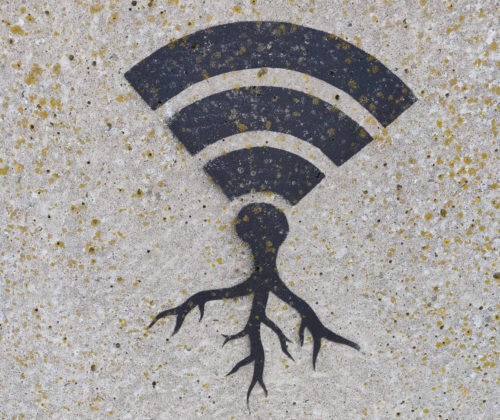 As the tenth anniversary of the September 11, 2001 tragedy draws near, it will be interesting to hear what voices emerge that may have been initially stifled. The message many Americans were given at the time was loud and clear: attach to our gas-powered vehicles cheap flags (usually made in China), hop on the war bandwagon, and turn a sad moment in history into an excuse to spill blood.
As the tenth anniversary of the September 11, 2001 tragedy draws near, it will be interesting to hear what voices emerge that may have been initially stifled. The message many Americans were given at the time was loud and clear: attach to our gas-powered vehicles cheap flags (usually made in China), hop on the war bandwagon, and turn a sad moment in history into an excuse to spill blood.
Those of us who refused to buy into forced sentimentality or vengeance were quickly labeled “Hanoi Janes,” traitors, and terrorists.
But not everyone was silenced. This is one of the things that comes across in the Connecticut Responds and Reflects exhibit, which opened today at the Connecticut Historical Society.
A Brownie troop from Easton created “Hope Angels” and decorated a tree with them for Christmas in 2001. They delivered this to the Hansons, who lost three of their family members. Each angel dons children’s hopes for the following year. The Hanson family was moved enough by this gesture to include mention of these angels in remarks they made at a September 11th dedication event in Boston in 2003. A theme found across several of these angels is that of peace and love.

On one wall of the final installation of this exhibit are photographs representing the way people responded to the tragedy. One photograph shows people gathered for an interfaith meeting in Berlin, Connecticut in 2002. At a time when one knee-jerk reaction was to lash out at Muslims, we can see another, more mature response happening in this moment of history.
Another photograph presents the twin towers from a different perspective than most of us who were not in New York City that day have grown used to. Usually, the towers are cropped close; they are centered, engulfed in smoke. But in this photo, we see the event from the photographer’s own neighborhood of East Williamsburg. The towers are on the right side of the picture, with smoke pouring across the entire skyline in a ribbon. The only vivid colors in the photo belong to a few people standing on rooftops, looking toward Manhattan. At the time, the only thing this photographer could think to do was document everything with the camera.
Another image on that wall shows the 2002 candlelight vigil held at Riverfront Plaza in Hartford. The Traveler’s tower can be seen in the background.
What many of these images share is a solemnity that fits the occasion more appropriately than the barrage of chauvinism that took over so much of society following the tragedy.

For those seeking to learn more about the victims from Connecticut, there is a bookcase filled with binders — one for each person. These contain remembrances, obituaries, news clippings, and photographs. On display are some objects that belonged to a few of those killed on September 11, 2001. One is a handwritten list of “good things to do in life,” which was on the refrigerator of a flight attendant, who gains more dimension when one views her binder and sees pictures of her with her family.
There is a wall covered with news clippings, letters from friends and relatives, and photographs; this also works to make the victims seem like more than just names printed on a flag.
If you want to see names printed on a flag, that is part of the exhibit as well.
The Connecticut Responds and Reflects exhibit is on display at the Connecticut Historical Society now through October 15, 2011. Admission is free. The museum is located at One Elizabeth Street in Hartford.
